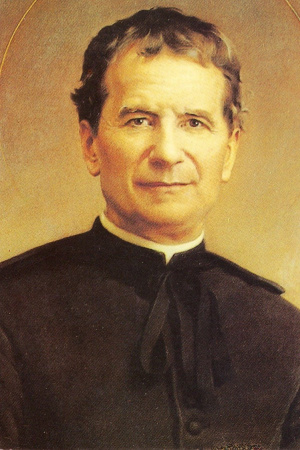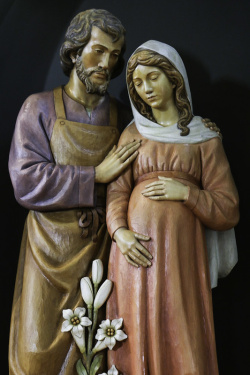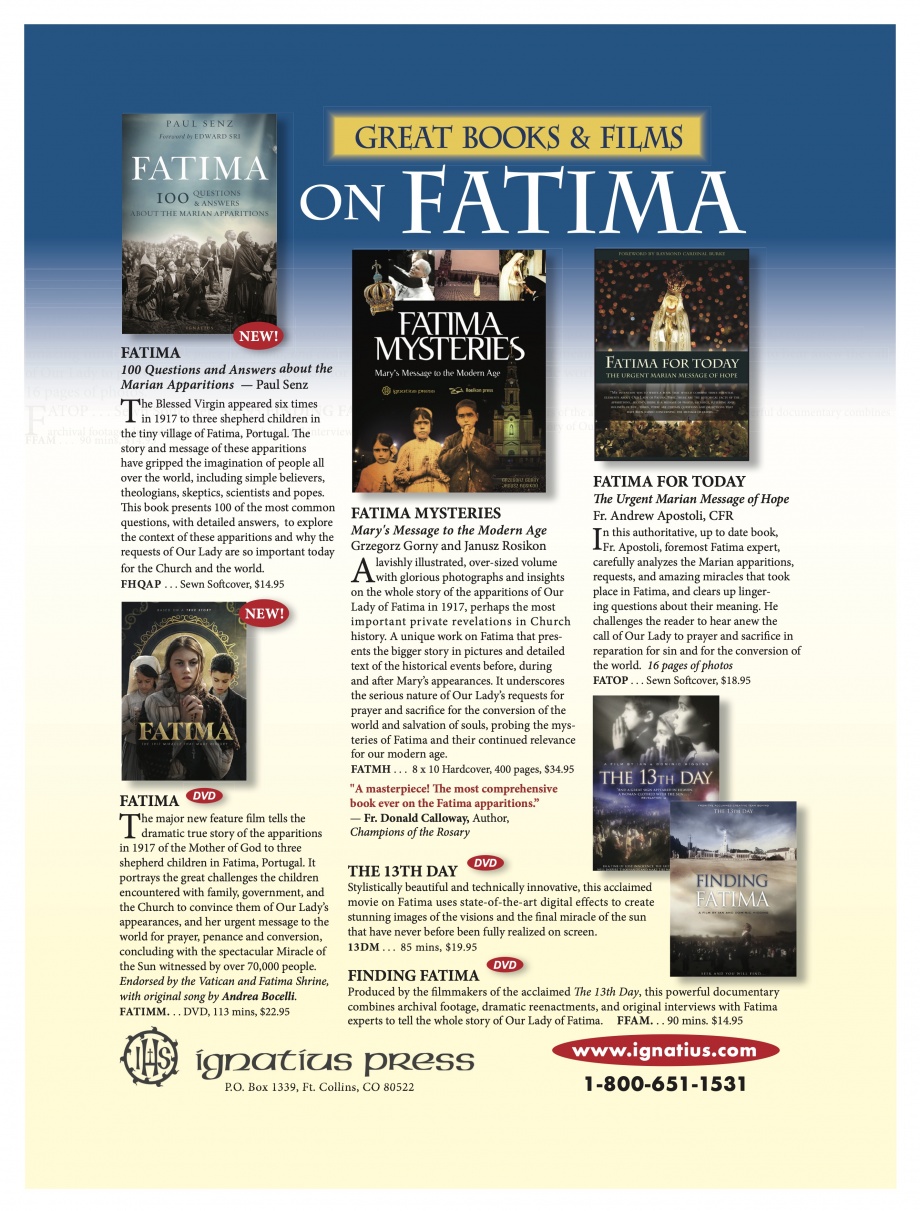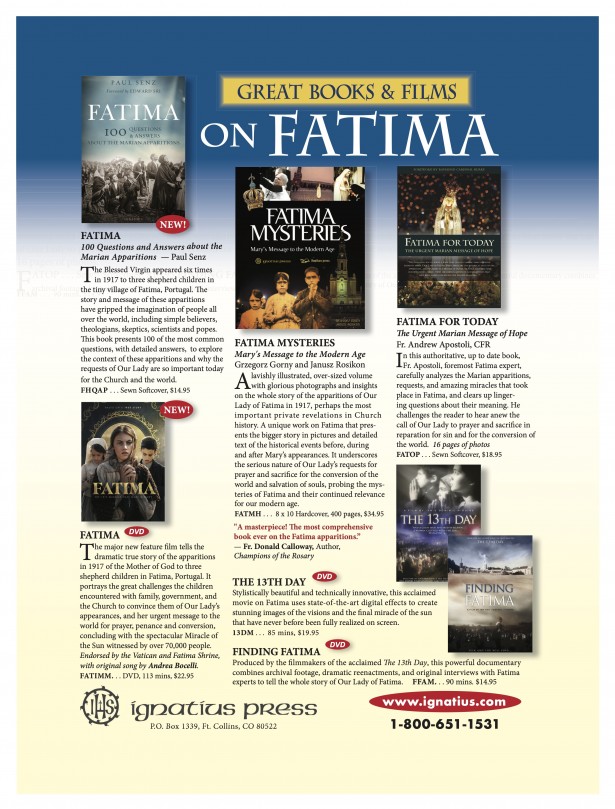Inspired Through Art— “Am I Not Here, Who Am Your Mother?”
As the Church venerates Mary, Mother of God on the first day of this jubilee year of 2025, our gaze turns to the mother of Jesus, the mother of the Church, our spiritual mother who accompanies each of us on our jubilee journey of hope. Coronation of the Virgin with the Trinity and Saints, an illuminated miniature in a 15th-century psalter, offers a beautiful visual homily for our contemplation on our pilgrim way.
The scene reflects the creative gift of an anonymous illustrator, known simply as the Olivetan Master. We see the Trinity—Father, Son, and Holy Spirit—in the company of the Blessed Virgin Mary amidst a host of angels and saints neatly arranged in rows. The saints, the angels, and indeed Mary and the Trinity in the center, invite the viewer into their holy company.
The Spiritual Life— Confident Trust
 “Yes, ‘tis sweet to trust in Jesus, / just from sin and self to cease, / just from Jesus simply taking / life and rest, and joy and peace.”[1] These lyrics, sung repeatedly in my youth, planted in my heart seeds of longing to trust Jesus, to hear his voice, to take him at his word, to be confident that he speaks to me. So far, the journey has consisted of trudging through miles of the mud of my doubts and renewed resolves, punctuated by joyful epiphanies and triumphs. I also look back on humiliating defeats from which, paradoxically, my trust in God’s love and mercy grew more confident than I once imagined possible.
“Yes, ‘tis sweet to trust in Jesus, / just from sin and self to cease, / just from Jesus simply taking / life and rest, and joy and peace.”[1] These lyrics, sung repeatedly in my youth, planted in my heart seeds of longing to trust Jesus, to hear his voice, to take him at his word, to be confident that he speaks to me. So far, the journey has consisted of trudging through miles of the mud of my doubts and renewed resolves, punctuated by joyful epiphanies and triumphs. I also look back on humiliating defeats from which, paradoxically, my trust in God’s love and mercy grew more confident than I once imagined possible.
I was still a child when I began to conceive of growth in holiness as something like a self-improvement project, with the goal of eliminating vice and growing in virtue. If something went wrong, I’d ask myself where I messed up and make a resolve to do better next time. If I had a nightmare, I’d chastise myself for not praying before I went to sleep. This “be good, and God will bless you” approach to my relationship with God kept me on the straight and narrow in my youth and followed me into adulthood.
Although I could quote Scripture, “For by grace you have been saved through faith, and this is not from you; it is the gift of God; it is not from works, so no one may boast” (Eph 2:8–9), shadows obscured my view of the heart of the Father. So, I tried repeatedly to prove my love for him. I worried whether I was pleasing God rather than simply receiving his love for me. Thankfully, Jesus, our Good Shepherd, comes to our aid even when we’ve lost our way (see Lk 15:3–7).
Mary’s Motherhood: A Healing Balm in Our Modern Times
 There’s something particularly mysterious about the motherhood of Mary. Her fiat that shook the whole world as the uncontainable God chose to be contained within her womb.
There’s something particularly mysterious about the motherhood of Mary. Her fiat that shook the whole world as the uncontainable God chose to be contained within her womb.
Servant of God Nicholas Black Elk: Native American Catechist
 Many moons ago, when I was a young social work student in North Dakota, I was required to take a course called “Indian Studies.” One of the books for the course was titled Black Elk Speaks.
Many moons ago, when I was a young social work student in North Dakota, I was required to take a course called “Indian Studies.” One of the books for the course was titled Black Elk Speaks.
From the Shepherds — Learning From the Charism of St. John Bosco
 In the Latin language there is a saying that could also be applied to our work as catechists: nomen est omen. This means that the name also reflects the inner essence of a person or a thing. In other words, the name speaks for itself. The name of St.
In the Latin language there is a saying that could also be applied to our work as catechists: nomen est omen. This means that the name also reflects the inner essence of a person or a thing. In other words, the name speaks for itself. The name of St.
Blessed Is She Who Believed: Mary’s Pastoral Significance for University Students
In many depictions of the annunciation, Mary is pictured as having been interrupted by the angel Gabriel in the midst of study. Whether she has a book open in her lap or tossed aside, a scroll in her hand or on a nearby stand, it is clear that, before this event, she was reading. Art historians have proposed interesting cultural interpretations of this motif, and these interpretations have their place. However, it seems that this motif, and the idea of Mary as an intellectual in general, has the potential to serve a pastoral purpose when investigated scripturally and spiritually. When viewed in light of the Gospel scenes that follow the annunciation, it becomes clear that Mary’s fiat could only have come from a woman who was steeped in the Scriptures and the religious tradition in which she found herself. The knowledge she displays of her place in the cosmic plan of salvation and her identity as a handmaiden of the Creator of the universe had to have been the fruit of deep study and contemplation.
Beautifully, the opportunity for deep study and contemplation is exactly what is on offer to university students. When considering the formation of these students and the call of Ex Corde Ecclesiae for Catholic universities to serve students “in their pilgrimage to the transcendent goal which gives meaning to life,” pastoral strategies that assist students in integrating their intellectual lives with their spiritual lives are essential.[1] Thus, Mary, when viewed as an intellectual, can be a tangible image, mentor, and friend to students who are fighting to integrate their relationship with God with their call to study. Here I will flesh out the pastoral potency of this view of Mary by first exploring an instance of scriptural evidence of Mary’s intellectual life. Then I will reflect on A. G. Sertillanges’ writings on the spirit of prayer in the intellectual life. Finally, I will examine Caryll Houselander’s view of the relationship between Mary’s vocation and our own, concluding that Mary can not only be an example of the call to the intellectual life but can lead students to Christ through their study in meaningful ways.
The Witness of Mary: A Portrait of Doctrine
In Evangelii Nuntiandi (EN), Pope Paul VI, of sainted memory, said something that has become almost a banner that we fly above our apostolic work today, both in our evangelization and our catechesis. “Modern man listens more willingly to witnesses than to teachers, and if he does listen to teachers, it is because they are witnesses.”[1] This is often taken to mean that teaching, both the act and its content, are somehow to be considered a second-rate concern for our mission today.
The almost ubiquitous line is, “Well, doctrine is important, but . . ..” In statements of this kind, the implication is that what follows the ellipsis—whether it be encounter, the heart, the personal dimension, or, as in Pope Paul’s statement, Christian witness—is primary, and that doctrine is secondary. Unfortunately, in some cases these statements are really intended to communicate that content isn’t very important at all.
Editor's Reflections — Mary: The First Disciple of Jesus

What does it mean to be a disciple?
AD: Great Books & Films on Fatima
To order these books and films from Ignatius Press click here. Or call 1-800-651-1531. Let them know you saw the ad here.

AD: Great Books & Films on Fatima
To order these books and films from Ignatius Press click here. Or call 1-800-651-1531. Let them know you saw the ad here.

This is a paid advertisement in the October-December 2020 issue. Advertisements should not be viewed as endorsements from the publisher.



